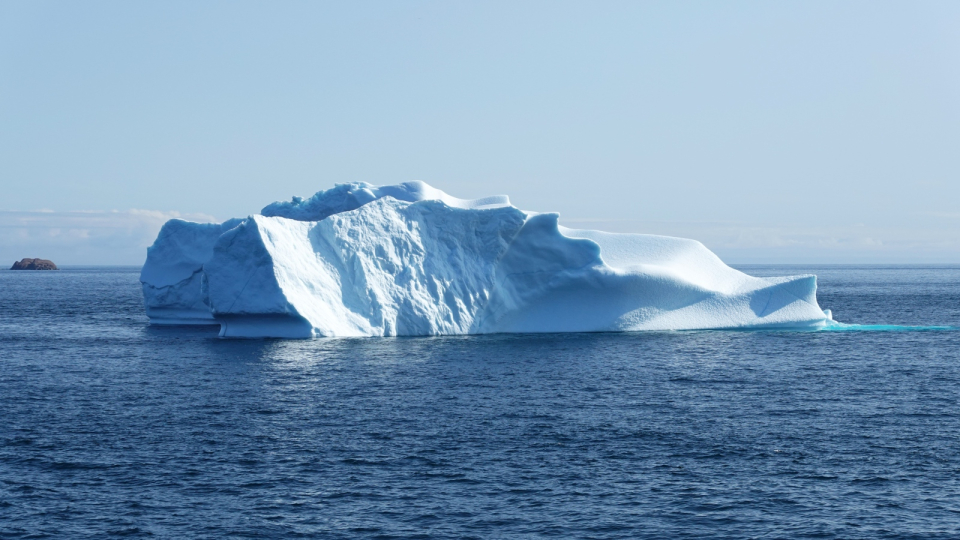Published on 1 September 2022
What a warming climate means for the Earth’s ecosystem and our way of life
From shaping the ocean currents, which regulate global temperatures, to providing shipping routes and diverse natural resources, the poles play a central role in the global economy and environment. However, climate change is threatening these extraordinarily complex and rich ecosystems, which will provoke rippling consequences around the world. The Arctic and Antarctic poles are the regions experiencing the fastest rates of warming worldwide. In fact, these regions increasingly break the record for the lowest sea ice extent. Simultaneously, the melting of continental ice has contributed to the increase of sea level by more than 8 centimetres compared to the average global sea level of the 90’s. In the context of growing human activity in the Polar regions, it is crucial to minimise the long-term effects of climate change.

The intersection between the EU’s Arctic and space policy
Polar monitoring is explicitly spelled out as a priority of the EU Space Programme which entered into force in 2021. Moreover, the EU’s updated Arctic policy, published on October 13, 2021, underlines and further drives the EU’s intentions to help preserve the Arctic as a region of peaceful cooperation, slow the effects of climate change and support the sustainable development of the Arctic regions to the benefit of Arctic communities and future generations. By capturing satellite data and imagery, Copernicus, the Earth Observation component of the EU Space Programme, allows for constant and accurate monitoring of any changes in the region. Some of the key variables Copernicus is able to record, track and predict include sea level, sea ice concentration, thickness and temperature, iceberg density and ocean currents and temperatures. This ability makes Copernicus uniquely placed to help develop and implement the EU’s policy ambitions for the Arctic.